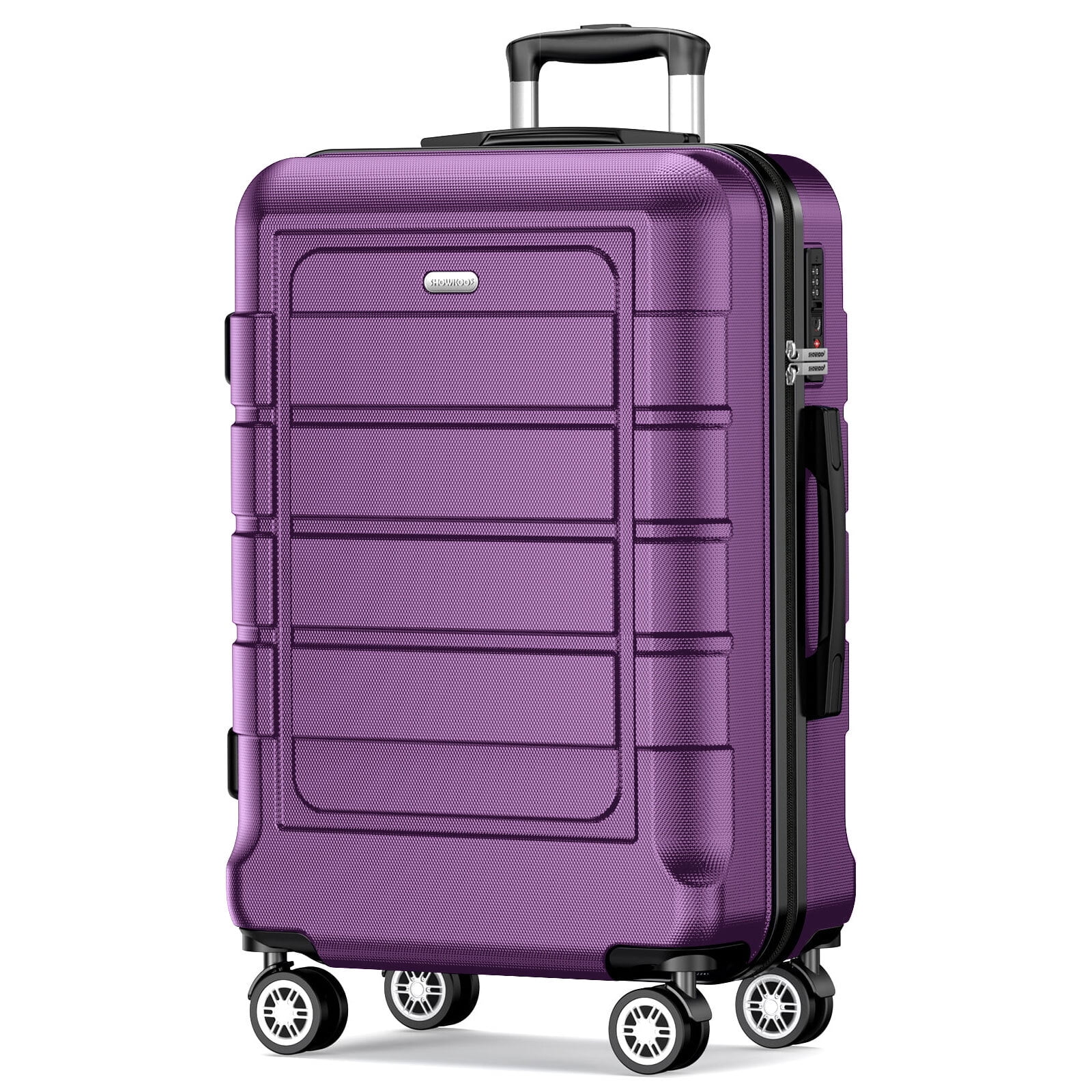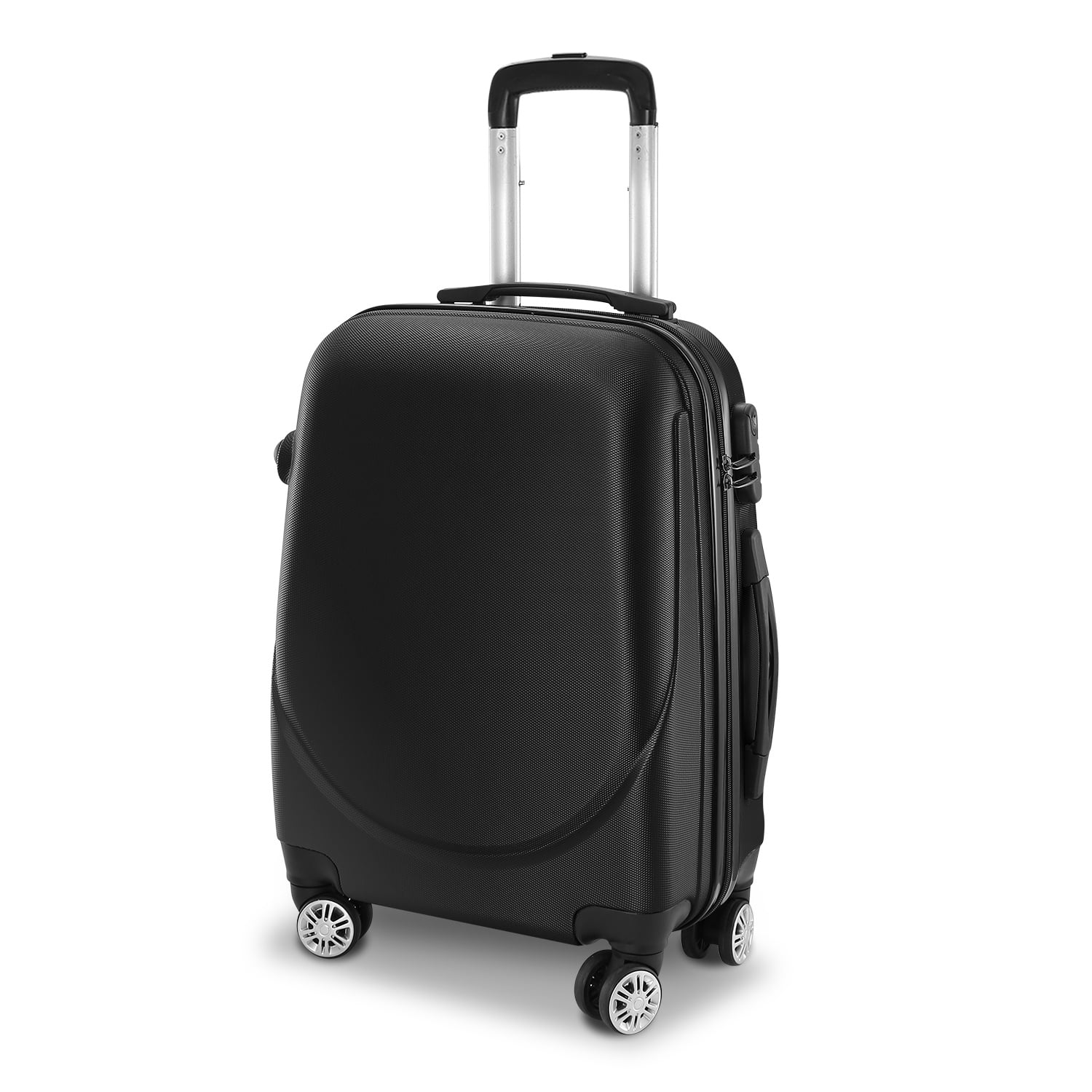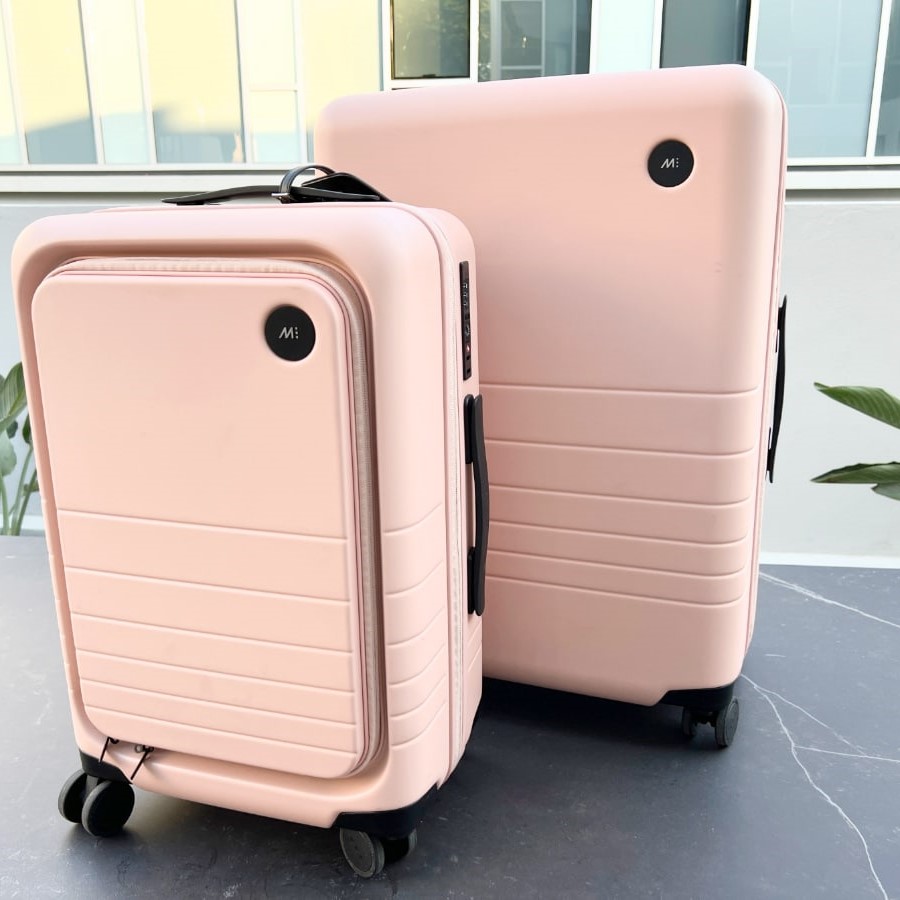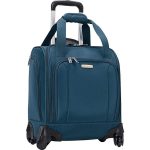Introduction to Luggage Sizes
Navigating the world of travel can be tricky, especially when it comes to selecting the right luggage size for your journey. Whether you’re heading out for a weekend getaway or embarking on a month-long voyage, the size of your suitcase is crucial to a stress-free trip. Amid a variety of options, the traditional four suitcase sizes—carry-on (Size S), small checked (Size M), large checked (Size L), and extra large (Size XL)—catapult into the spotlight as they cater to distinct travel durations and needs.

Choosing an appropriately sized suitcase ensures that you pack efficiently, avoid excess baggage fees, and comply with airline restrictions—all of which contribute to a smoother travel experience. This section will serve as your guide to understanding the nuances of each size category, helping you make informed decisions based on the length of your stay, the nature of your trip, and your personal packing style.
Remember, while the dimensions mentioned here are averaged, luggage sizes are not standardized. Therefore, it’s always a good idea to check with your specific airline for their size and weight guidelines. Also, consider whether you’re a light packer or someone who likes to be prepared for every scenario. Now, let’s delve into the details of carry-on and checked luggage sizes to discover the best fit for your travel requirements.
Carry-On Luggage: Size S
When you plan a short trip, size S carry-on luggage is your ally. This suitcase is often termed hand luggage and suits trips up to 3 days. Most airlines allow it on board, preventing check-in hassle. Its dimensions roughly measure 55x40x20 cm, fitting airline overhead compartments perfectly.
Understanding Size S Dimensions
The dimensions of size S carry-on luggage are key for airline compliance. Typically, these measure around 55x40x20 cm. Always check your airline’s size limits before flying. This size is great for short stays or minimalist travelers. With thoughtful packing, it can stretch to 5 days’ use. It’s the go-to for efficiency and mobility.
Checked Luggage: Size M
Choosing a size M suitcase is often ideal for travelers who plan to be away for about a week. This size is larger than a carry-on and must be checked in at the airport.
The Versatility of Size M for Travelers
The flexibility of size M luggage makes it a preferred choice for many. Its dimensions usually sit between that of a carry-on and larger checked luggage. Here’s why it’s versatile:
- Perfect for one-week trips: Size M fits all you need for 7 days, without excess.
- Small enough to avoid bulky fees: Its moderate size avoids the hefty fees of oversized luggage.
- Can accommodate two weeks’ packing for minimalists: If you pack light, this size can serve for a longer stay.
- Standard for most airlines: Complies with a range of airline regulations for checked baggage.
Size M typically has a capacity of 50 to 80 litres. This offers ample space for clothes, shoes, and travel essentials. It’s a smart choice for solo travelers or couples who pack efficiently.
Traveling with size M luggage balances the need for space and the desire to manage weight. This size allows you to bring enough for comfort while staying within airline limits. Always check your specific airline for their size and weight restrictions to avoid surprises at check-in.
Size L: The Optimal Choice for Extended Stays
When traveling for more than a week, Size L luggage is hard to beat. It blends space and manageability, making it perfect for longer trips of around two weeks. Here’s why Size L might be your ideal travel companion:
Benefits of Choosing Size L Suitcase
- Ample Storage: Size L offers generous room for clothing, souvenirs, and travel essentials.
- Flexibility: It works well for various travel types, from leisure to business.
- Avoid Over-packing: Large, but not too big to tempt over-packing, which can lead to extra fees.
- Extended Trip Suitability: Ideal for stays of 2-3 weeks, depending on your packing style.
- Preferred by Airlines: Often within airline size limits for checked luggage, avoiding extra charges.
Size L suitcases typically have a capacity of 80 to 100 litres. They store a balance of necessities and comfort items. Remember to check airline specifics on size restrictions to ensure your Size L bag fits their criteria. Packing smart within a Size L can result in an easy, hassle-free travel experience.
 The Extra Large Option: Size XL
The Extra Large Option: Size XL
For those times when you’re planning an extensive vacation or need to transport a large amount of gear, Size XL luggage becomes invaluable. But before deciding on this sizable travel companion, it’s crucial to consider several factors that dictate when it’s appropriate to opt for an extra-large suitcase.
When to Opt for Size XL Luggage
Opting for Size XL luggage should be a well-thought-out decision, as it often comes with additional considerations compared to its smaller counterparts. Here are some scenarios where Size XL makes sense:
- Extended Travel: Great for trips over two weeks, especially when you need to pack for changing climates or occasions.
- Moving Abroad: If you’re relocating or studying overseas, Size XL can carry home comforts to settle in your new environment.
- Family Packing: A single Size XL can serve a family’s packing needs, reducing the total number of bags to manage.
- Bulk Items: Ideal for transporting bulky or odd-shaped items that won’t fit in smaller luggage options.
While the extra space is tempting, remember that oversized luggage may not be accepted as standard checked baggage by airlines. This can lead to extra fees, which vary by carrier. Always check your airline’s policy on oversized baggage ahead of time. Also, consider the ease of transporting such a large bag through airports and to your accommodation. Weigh the benefits of Size XL against these potential drawbacks to make the best choice for your travel needs.
Navigating airline regulations can be quite a challenge, especially when it comes to the 62-inch luggage limit. This rule applies to the total dimensions of your checked baggage: height, width, and depth combined. Staying within this limit is crucial to avoid additional fees, and ensuring your luggage fits in the cargo hold. Here’s what you need to know to navigate this restriction like a seasoned traveler.
Measuring Your Suitcase to Comply with Airline Restrictions
To ensure your luggage complies with airline restrictions, you need to measure it precisely. Include the wheels and handles, as airlines count them in the total size. Use a tape measure to find the height, width, and depth of your suitcase. Add these numbers together. The total should not go over 62 inches, or 158 centimeters. This measurement is the standard size limit for many international airlines. Double-check the policy of the airline you’re flying with, as they can vary. Adhering to these guidelines helps you avoid extra fees and travel with peace of mind.
Suitcase Size by Trip Duration
When planning your trip, matching luggage size to the journey’s length is key. Deciding which suitcase size to take should factor in your trip’s duration. Here is a simple guide to help you choose.
Recommendations for 1-Week and 2-Week Trips
Selecting the right luggage sizes for a 1-week trip often depends on your packing style. For most, a size M suitcase suffices, easily fitting a week’s worth of essentials. If you pack light, a size M could even last you for a two-week stay.
For those on a 2-week journey, a size L luggage is recommended. With a size L, you have ample space for clothes and extras without worrying about overpacking. This size ensures you’re ready for various activities and weather changes. Remember, always verify your airline’s luggage policies to avoid surprises at the airport.
Airline Policies on Luggage Size and Weight
When it comes to flying, understanding airline policies is essential. Each carrier has rules for luggage size and weight. Staying within these limits saves you time and money. Always check before you fly to avoid unexpected charges.
Understanding Fees and Regulations
Airlines set their fees and regulations for luggage. Rules can differ widely between companies. Oversized or overweight bags often come with high fees. Study your airline’s baggage policy to prevent any travel day surprises. Make sure your luggage dimensions and weight match their guidelines.
 Frequently Asked Questions
Frequently Asked Questions
Navigating luggage sizes can be quite complex, leading to multiple inquiries. Here, we aim to address several questions to ease your travel planning.
Answering Common Concerns about Luggage Sizes
- What size should you choose for a 1-week trip? For most travelers, size M luggage works well, providing enough space for seven days’ clothes and essentials.
- Is size M too big for airlines? Not usually. Size M is within the checked baggage restrictions of many airlines, steering clear of oversized fees.
- Can a size L suitcase fit enough for 2-week travel? Yes, a size L is recommended for trips of two weeks, with ample room for everything needed.
- How do you ensure your luggage fits airline limits? Measure your bag including handles and wheels. The total length, width, and depth should not exceed 62 inches.
- Will you pay more for a size XL suitcase? Likely. Size XL often surpasses standard checked luggage dimensions, resulting in additional charges.
- To avoid excess fees, what should you do? Check your airline’s size and weight policies before travel. Pack smart to keep within limits.
- What if your stay extends beyond two weeks? Consider a size XL or multiple bags, but remember the potential for extra fees.
By preparing with the right luggage size, exploring airline policies, and packing wisely, you’ll contribute to a smoother and more enjoyable travel experience.
